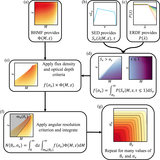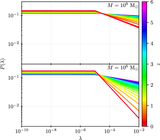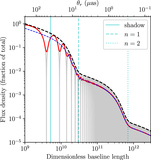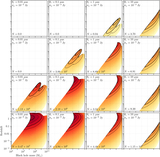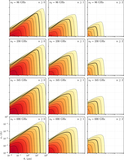Image Details
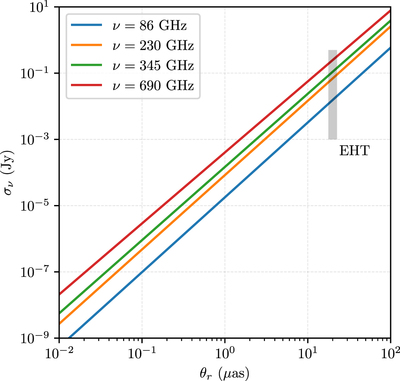
Caption: Figure 11.
Power-law fits to the ridge-line in N(θr, σν)—defined as the location of maximum σν for every fixed N—for four different observing frequencies; this ridge-line can be seen as the turnover in the contours in Figure 7. Configurations of (θr, σν) that fall below and to the right of the ridge-line can most effectively increase N by improving angular resolution (i.e., by decreasing θr), while configurations that fall above and to the right of the ridge-line can increase N by improving sensitivity (decreasing σν) or by increasing θr. For reference, we mark the approximate specifications of the EHT (i.e., θr = 20 μas, σν between 1 mJy and 0.5 Jy) by a shaded gray region.
Copyright and Terms & Conditions
© 2021. The Author(s). Published by the American Astronomical Society.


